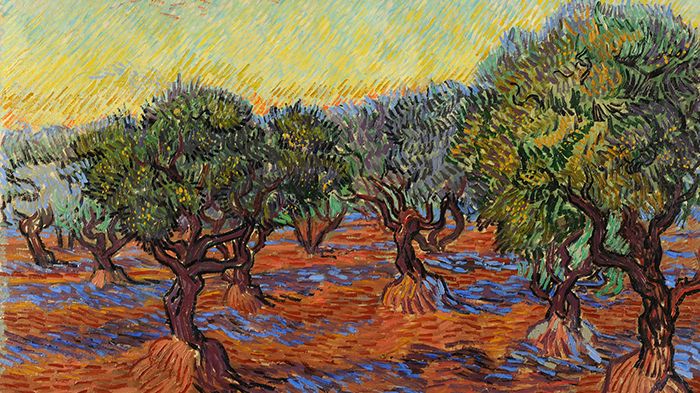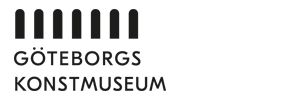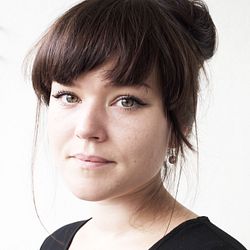
Pressmeddelande -
Friction of Ideas: van Gogh, Gauguin, Bernard
Friction of Ideas:
van Gogh, Gauguin, Bernard
Gothenburg Museum of Art
19 July–19 October 2014
A unique collaboration between the van Gogh Museum in Amsterdam and the Ordrupgaard Museum in Copenhagen enables the Gothenburg Museum of Art to present an exhibition of works by some of early modernism’s most important artists: Vincent van Gogh, Paul Gauguin and Émile Bernard.
“We are extremely happy to be able to show this exhibition in Gothenburg,” Museum Director Isabella Nilsson says. “The exhibition illuminates the exchange of ideas among the artists, which Vincent van Gogh called ‘electric discussions’. It also brings out in full relief one the best loved works in the Gothenburg Museum of Art collection, ‘The Olive Forest’ by Vincent van Gogh, which is one of the key works of the exhibition.”
The exhibition includes a number of Paul Gauguin’s and Émile Bernard’s best known works from Bretagne as well as several of Vincent van Gogh’s highly esteemed paintings from his time in Arles. They are key works in the three artists’ productions in the creative period of the history of modernism when the existing artistic practice was challenged by new ways of thinking.
The exhibition explores the artists’ intense exchange of thoughts and ideas, which, during some years at the end of the 1880s, helped them progress in their search for new artistic expressions. However, despite their close collaboration, they often held widely different views on the shape and content of art. According to Vincent van Gogh, an artist of the new era should paint the motif as he saw it, while Paul Gauguin and Émile Bernard claimed that the motif should be depicted from memory or imagination. The artistic collaboration between Paul Gauguin and Vincent van Gogh in Arles in southern France in 1888 is one of the best known in the history of art and it ended in a decisive conflict. After the break-up, Vincent van Gogh went his own way, and in the following years, Paul Gauguin and Émile Bernard developed their art in different directions. However, together the three artists transformed modern art and their work has influenced Western artists ever since.
Shown at the Ordrupgaard Museum in Copenhagen in the spring, the exhibition comprises some 40 paintings from a large number of museums and private collections in Europe.
With support from Region Västra Götaland and MTAB.
For more information please contact:
Malin Gustafsson, Press officer, +46 (0)31-368 35 07, malin.gustafsson@kultur.goteborg.se
Per Dahlström, Curator, +46 (0)31-368 35 17, per.dahlstrom@kultur.goteborg.se
Image: Vincent van Gogh, Olive Grove, Saint-Rémy, 1889. Gothenburg Museum of Art.
Ämnen
Regioner
The Gothenburg Museum of Art has one of northern Europe’s finest art collections, spanning the 15th century to the present day and comprising key worksm by both Nordic and international artists. The museum works with exhibitions with extensive educational ambitions, based on cutting-edge research in the field of art history. In addition to our collections and topical exhibitions, the museum offers a rich programme of family activities, lectures, workshops and guided tours. We also have a restaurant and a well-assorted museum store.

